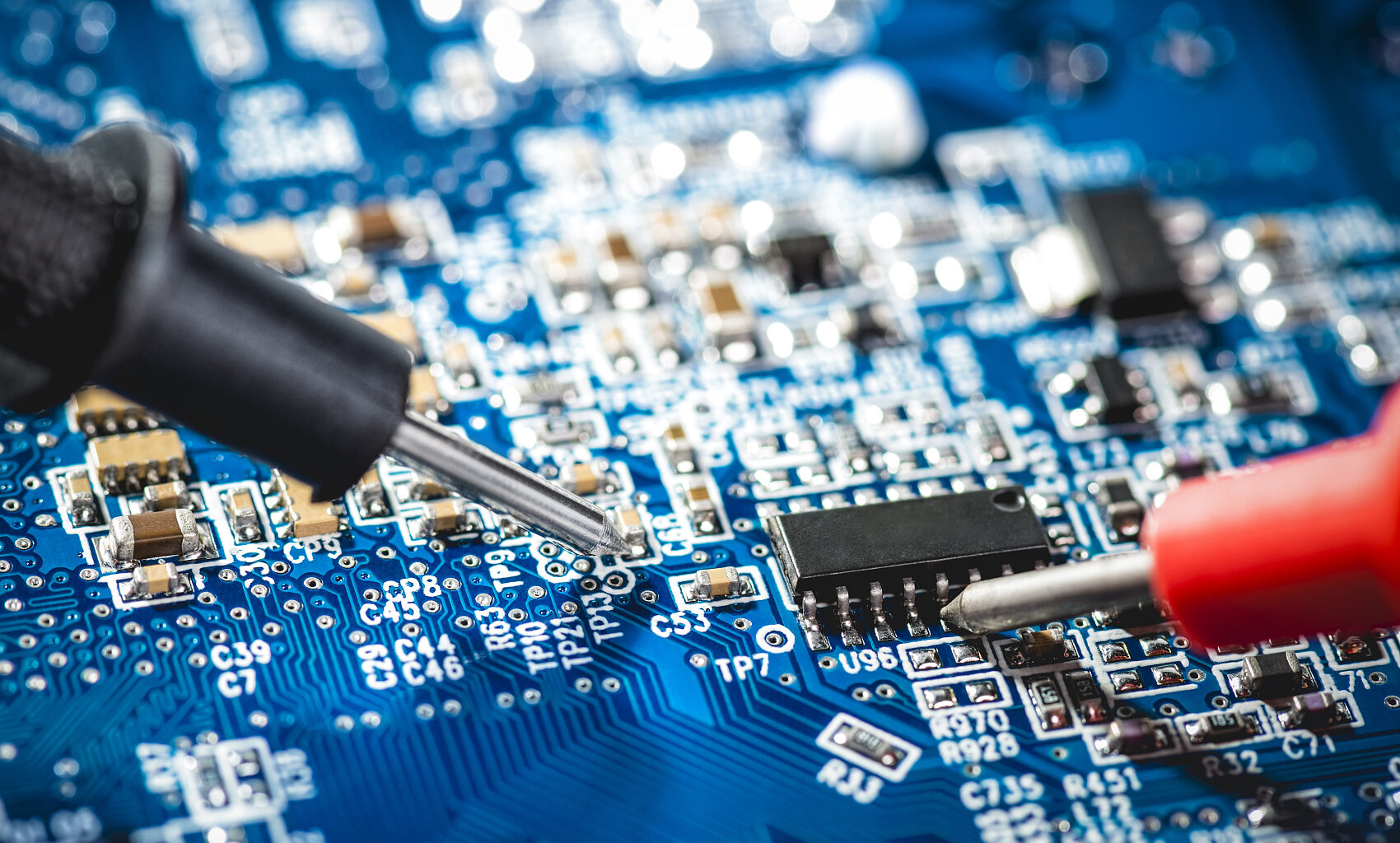OpenAI CEO Sam Altman is spearheading a global fundraising and supply chain positioning effort, seeking financing and manufacturing partners to meet the startup’s immense demand for computing power. Unlike the much-criticized $7 trillion infrastructure plan he pitched earlier in 2024, this time he has garnered more support.
On October 4, it was reported that since late September, the head of the ChatGPT maker had successively visited Taiwan, South Korea, and Japan to accelerate the global construction of artificial intelligence chip manufacturing capabilities. He met with$Taiwan Semiconductor (TSM.US)$, Foxconn, Samsung, and SK Hynix, urging these companies to increase production capacity and prioritize OpenAI’s orders.
Altman also plans to visit investors in the UAE to raise funds for OpenAI’s infrastructure expansion and research. According to informed sources, part of the potential new capital will be used to fund the Stargate data center located in Abu Dhabi.
 The backdrop of this trip is a significant agreement between OpenAI and$NVIDIA (NVDA.US)$, under which the chip giant agreed to lease up to 5 million AI chips to the ChatGPT maker and invest up to USD 100 billion to achieve this goal. This agreement boosted the stock prices of global chip suppliers and provided strong support for Altman’s vision of a ‘computing power empire.’
The backdrop of this trip is a significant agreement between OpenAI and$NVIDIA (NVDA.US)$, under which the chip giant agreed to lease up to 5 million AI chips to the ChatGPT maker and invest up to USD 100 billion to achieve this goal. This agreement boosted the stock prices of global chip suppliers and provided strong support for Altman’s vision of a ‘computing power empire.’
From Doubt to Support: Recognition of Computing Power Demand
Altman’s current tour echoes a previous trip he made in early 2024. At that time, he pitched a $7 trillion infrastructure plan to these companies (Taiwan Semiconductor, Samsung, SK Hynix, etc.) and sought financial backing from the UAE.
However, some industry leaders found his plan unrealistic given the negligible revenue generated by AI services at the time. Shortly after the trip concluded, Taiwan Semiconductor CEO C. C. Wei remarked that Altman was “too aggressive; I find it hard to believe.”
This time, he has received broader support. OpenAI’s confidence in its computing power needs stems from a landmark deal with NVIDIA, which helped solidify Altman’s vision for computing power.
Approximately three years after launching its AI chatbot, OpenAI is now valued at $500 billion, comparable to$Netflix (NFLX.US)$and$Exxon Mobil (XOM.US)$other global enterprises.
East Asia Strategy: Securing Chip Production Capacity
In the past few days, Altman met with Samsung, SK Hynix, and$Jeol (6951.JP)$and industrial companies$Hitachi (6501.JP)$The technical leaders held discussions. The announcement of these partnerships boosted the share prices of the three companies.
Altman has brought in the two Korean firms as partners for memory chips.
According to informed sources, OpenAI’s overall demand could reach 900,000 wafers per month, more than double the current global production capacity for high-bandwidth memory. These companies plan to collaborate with OpenAI to develop AI data centers in Korea.
In Japan, OpenAI reached an agreement with Hitachi, under which the Japanese conglomerate will support OpenAI in developing AI infrastructure, including providing power transmission and distribution equipment for the US startup’s data centers. OpenAI will provide its models and other technologies to Hitachi.
The report also noted that Altman discussed with some companies the manufacturing and deployment of NVIDIA’s upcoming Rubin system. OpenAI is expected to be one of the first customers to receive the Rubin system in the second half of 2026.
Fundraising in the Middle East: Paving the Way for Data Center Construction
During his stay in the Middle East, Altman is planning to meet with Abu Dhabi-based investment funds MGX and Mubadala as well as G42, OpenAI’s operational partner. The potential new capital will partially fund the Stargate data center in Abu Dhabi.
According to informed sources, OpenAI recently informed investors and business partners that the company may spend approximately $16 billion on leasing computing servers this year, with this expenditure potentially rising to around $400 billion by 2029.
The Grand Blueprint of Computational Power Empire: A Goal of 1GW Per Week
This week, OpenAI reignited global enthusiasm with the release of Sora 2, a video generation model released on Tuesday.
Industry participants anticipate that such models and applications will drive computational power demand growth more significantly compared to text-based models. In a recent blog post, Altman wrote:
“Our vision is simple: we want to create a factory capable of producing 1GW of new AI infrastructure every week.”
Last month, OpenAI and NVIDIA announced they would deploy at least 10GW of NVIDIA computing systems for OpenAI to train and run its next-generation models.
OpenAI also announced the selection of five new data center locations in the United States, to be built in collaboration with$Oracle (ORCL.US)$and Japanese technology conglomerate SoftBank.
Editor/Rocky

